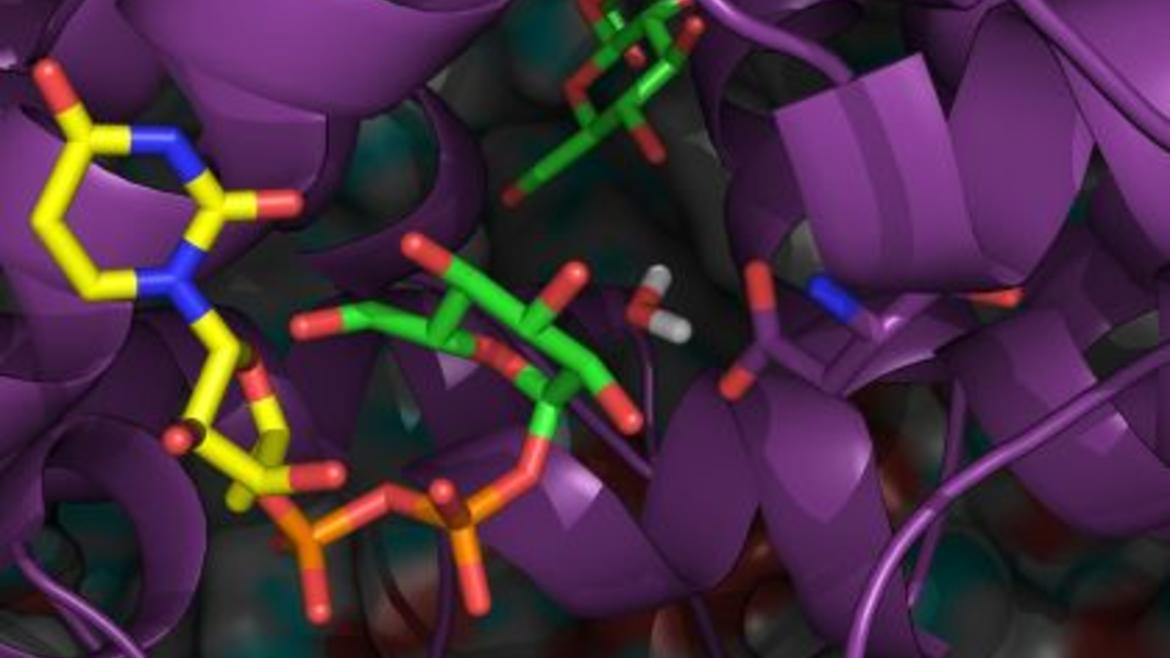
Title: Linking structure to biomechanical behaviors of plant primary cell walls
Daniel J. Cosgrove, Tian Zhang, Yao Zhang and Sulin Zhang, Department of Biology and Center for Lignocellulose Structure and Formation, Pennsylvania State University
Abstract: How the molecular organization of the plant primary cell wall accommodates its dual needs for mechanical strength and high extensibility (surface expansion) is a subject of long-term and widespread interest and debate, as it is one of the foundations for plant growth, morphogenesis and biomechanics. To explore how wall structure gives rise wall mechanical behaviors, we studied cell-free strips of onion epidermal walls by several complementary methods. This system avoids problems inherent with use of living tissues, where geometry and biological responses can complicate the interpretation of many experiments. Atomic force microscopy (AFM) revealed the organization of cellulose microfibrils in this cross-lamellate wall and showed complex patterns of microfibril movements with different types of strain. Several different mechanical assays were combined with enzyme digestions to assess which polysaccharides bear mechanical forces in-plane and out-of-plane of the cell wall. This approach provides critical tests of current hypotheses of wall structure, material properties, tissue mechanics, and mechanisms of cell growth. We conclude that these various mechanical properties are not tightly coupled with each other and thus reflect distinctive aspects of wall structure. The cross-lamellate network of cellulose microfibrils dominated the behavior of the wall in tensile creep and stiffness assays, whereas pectin influenced indentation mechanics. Enzymatic digestion of xyloglucan did not alter wall mechanics in any of the assays, contrary to the common view that xyloglucan tethers microfibrils together. This information is being used to construct a coarse-grained model of the cell wall for insights into nanoscale interactions and movements underlying cell wall mechanics.
For more information, see:
Zhang, T., Tang, H., Vavylonis, D. and Cosgrove, D.J. (2019) Disentangling loosening from softening: insights into primary cell wall structure. Plant Journal, 100, 1101-1117.Cosgrove, D.J. (2018) Diffuse growth of plant cell walls. Plant Physiology, 176, 16-27.
Zhang, T., Vavylonis, D., Durachko, D.M. and Cosgrove, D.J. (2017) Nanoscale movements of cellulose microfibrils in primary cell walls. Nature Plants, 3, 17056.
Zhang, T., Zheng, Y. and Cosgrove, D.J. (2016) Spatial organization of cellulose microfibrils and matrix polysaccharides in primary plant cell walls as imaged by multichannel atomic force microscopy. Plant Journal, 85, 179-192.